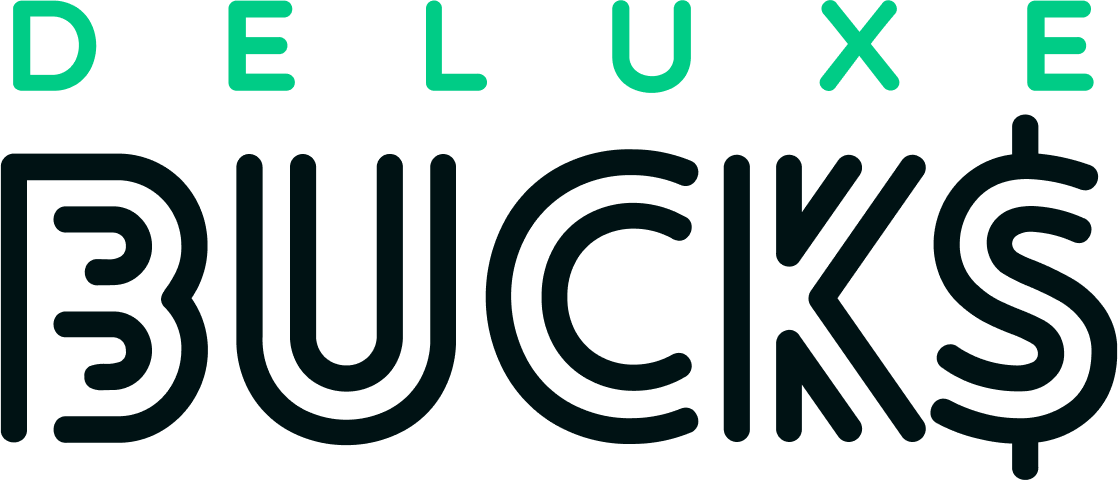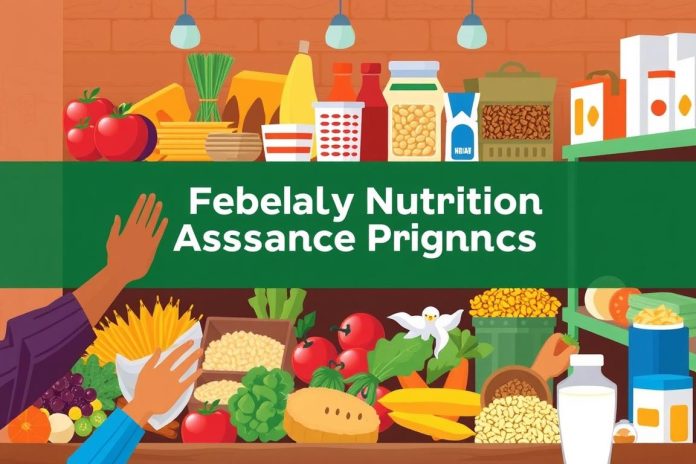Imagine a mother of two, coming home from work, stepping into a supermarket. She holds a government benefits card. She picks food that’s both cost-effective and healthy for her children. This shows the power of government food support programs. They help families get the nutrition they need. Every meal represents a nation’s promise to care for its people through federal nutrition assistance.
The U.S. values everyone’s right to good, affordable food. Various food assistance programs are set up to cover everyone. The 2018 Farm Bill increased SNAP benefits in 2021. It was a historic boost, helping low-income families and individuals1. Despite this, some find the benefits run out too soon, facing what’s called the “SNAP Gap”1. To help, the USDA gave out emergency funds and expanded the online buying program for more support and ease for users in tough times1.
SNAP benefits are accepted in over 238,000 shops across the country. The impact is huge, especially with programs like the National School Lunch Program. They aim at children in needy families, where sadly, one in five might not get enough food2. These initiatives are essential. They are more than just budget items; they are a support system. They don’t just put food on tables; they also back the country’s farmers.
Key Takeaways
- Federal nutrition assistance helps millions of Americans, especially during hard economic times.
- The increase in SNAP benefits from the Thrifty Food Plan adjustment reflects the U.S. government’s recognition of nutrition’s role in health and development.
- A gap exists between those eligible for SNAP and those enrolled, highlighting the need for continued outreach and support.
- School and child nutrition programs are critical for providing children with the nourishment needed for educational success.
- Expanding online SNAP purchasing options demonstrates innovation in government food assistance.
- Senior and vulnerable group support through government programs is essential to food security among these populations.
Understanding Federal Nutrition Assistance
The U.S. government runs many programs to help people get enough food and stay healthy. These programs, like SNAP and others, help folks who don’t make a lot of money. They’re key to fighting hunger.
The Supplemental Nutrition Assistance Program (SNAP) is a major player. In 2011, it helped over 46 million Americans, spending more than $75 billion3. By 2018, around 40 million Americans got food help from SNAP, with costs at about $57.1 billion4. These numbers show us how vital SNAP is for many families.
The Emergency Food Assistance Program (TEFAP) gets food quick to those in need. TEFAP works through local food pantries and soup kitchens. It helps fight hunger directly.
Supplemental Nutrition Assistance Program (SNAP)
SNAP does more than just fill bellies; it lets families pick healthy foods. This is crucial for living well. How SNAP has grown shows its important role in food aid from the government.
The Emergency Food Assistance Program (TEFAP)
TEFAP is critical for giving food during hard times. It makes sure there’s always food available, no matter what.
Child Nutrition Programs: School Breakfast and National School Lunch Programs
The government makes sure kids get good meals at school. Healthy breakfasts and lunches are key. They help kids do better in school and stay healthy.
Special Supplemental Nutrition Program for Women, Infants, and Children (WIC)
WIC helps low-income women, babies, and young kids by offering nutrition advice, health tips, and free meals. This makes a strong start in life more likely.
Programs from SNAP to WIC are designed for different community needs. They ensure those eligible can maintain a better quality of life, despite money issues. By joining these meal programs and getting emergency food help, people can live healthier.
Getting to know these programs can really help those finding it hard to cover their food needs. It shows how committed the government is to a healthier country through its food aid.
Government Food Support Programs for Seniors and Vulnerable Groups
Seniors and vulnerable groups often face food insecurity. Luckily, they have access to various government programs for aid. Meals on Wheels and congregate meal programs offer nutritious meals and a chance to meet others. This is very important for their mental health.

In 2020, around 5 million people over 65 lived in poverty in the USA5. Many homes with someone 65 or older struggle to get enough food5. Nutrition programs aimed at seniors are critical to addressing this.
The senior food boxes program gives eligible older adults a monthly food box, helping them eat healthy6. Another key resource is the food bank locator service. It guides people to the closest food bank.
Changes in policies, like SNAP benefits waivers for hot meals, are important during emergencies6. The Emergency Food Assistance Program (TEFAP) also plays a big role. It supports food services in areas hit by disasters6.
| Program | Description | Impact |
|---|---|---|
| Meals on Wheels | Delivers meals to individuals at home | Supports dietary needs and reduces isolation |
| Senior Food Boxes | Monthly delivery of grocery items | Ensures steady access to nutritious food |
| Congregate Meal Programs | Community centers offer meals | Combats food insecurity and promotes social interaction |
| Food Bank Locator | Tool to find local food banks | Provides immediate relief options |
Using these programs is a vital first step to fight food insecurity. This helps seniors and vulnerable communities significantly.
Conclusion
Studies show how crucial government food help is in making sure Americans have enough to eat. Adjustments to the Thrifty Food Plan mean we need 21% more money7 to keep diets nutritious yet affordable. Now, the average help per person on SNAP has gone up by $36.24 monthly. This helps about 42 million people, or 1 in 8 in the U.S., afford healthy food7.
Boosting U.S. food security involves more than just big programs. Finding your local food bank is a simple, powerful step. SNAP plays a key role, especially for kids, who face greater hunger risks because of the COVID-19 pandemic7. Also, child poverty and food scarcity need our focus. Six states are joining California and Maine in offering free school lunches for all. This move shows that getting meals at school can lead to better health and learning8.
Colleges are addressing food needs too. Even though under half of the 3.3 million students eligible for SNAP have joined, over 650 college food pantries help those in need9. Free meals do more than just fight hunger. They boost wellness, school success, and long-term health. The success stories from government food assistance programs highlight their role in building a healthier, thriving community.
FAQ
What are government food support programs and who do they serve?
How do I know if I’m eligible for federal nutrition assistance or food assistance programs?
What are SNAP benefits and how can they help my family?
How does The Emergency Food Assistance Program (TEFAP) provide immediate support?
Are there specific government food subsidies or free meal programs for children?
What support is available through the WIC program?
Can seniors receive tailored government food support programs?
How do I find my local food bank or community food distribution programs?
Does receiving assistance from government food programs affect other benefits?
Source Links
- Supplemental Nutrition Assistance Program (SNAP) – Food Research & Action Center – https://frac.org/programs/supplemental-nutrition-assistance-program-snap
- Federal Food Assistance Programs – Feeding Pennsylvania – https://www.feedingpa.org/food-assistance/federal-food-assistance-programs/
- History, Background, and Goals of the Supplemental Nutrition Assistance Program – Supplemental Nutrition Assistance Program – https://www.ncbi.nlm.nih.gov/books/NBK206907/
- Supplemental Nutrition Assistance Program – https://en.wikipedia.org/wiki/Supplemental_Nutrition_Assistance_Program
- Hunger Among Older Adults – Food Research & Action Center – https://frac.org/hunger-poverty-america/senior-hunger
- Texas Disaster Nutrition Assistance | Food and Nutrition Service – https://www.fns.usda.gov/disaster/texas-disaster-nutrition-assistance
- USDA Modernizes the Thrifty Food Plan, Updates SNAP Benefits – https://www.fns.usda.gov/news-item/usda-0179.21
- What are the benefits of free school meals? Here’s what the research says. | Food Science & Human Nutrition – https://fshn.illinois.edu/news/what-are-benefits-free-school-meals-heres-what-research-says
- Food Insecurity: Better Information Could Help Eligible College Students Access Federal Food Assistance Benefits – https://www.gao.gov/products/gao-19-95


